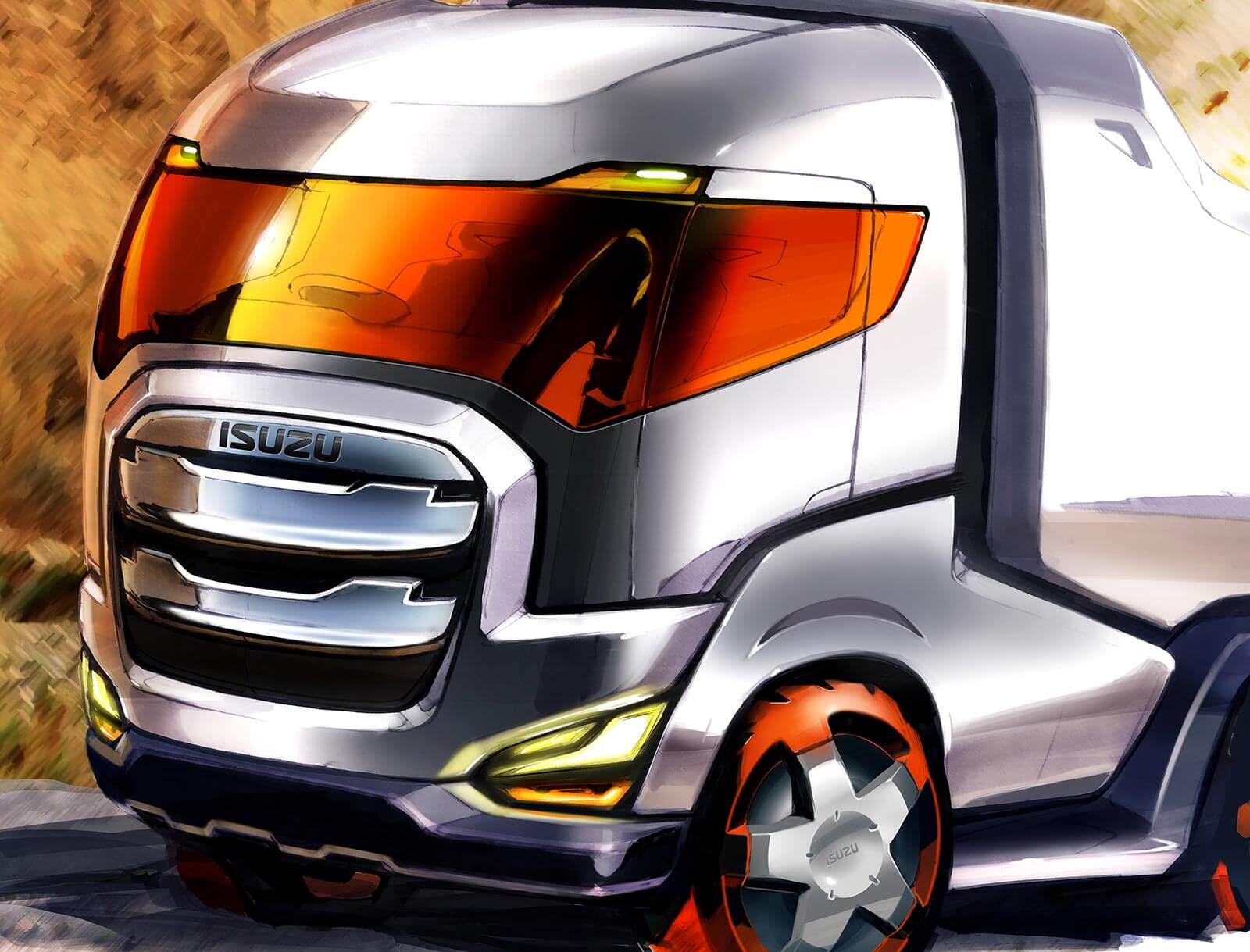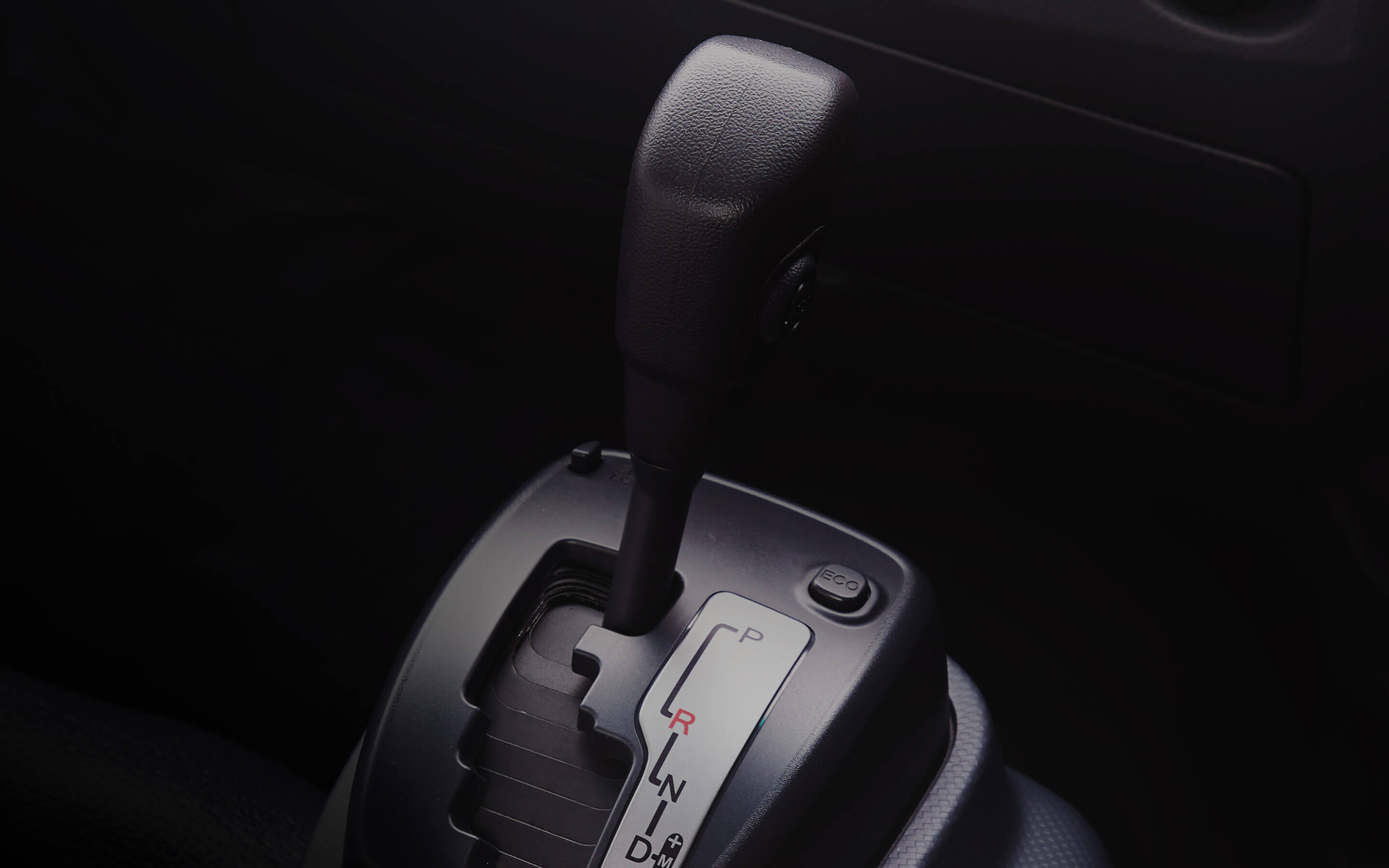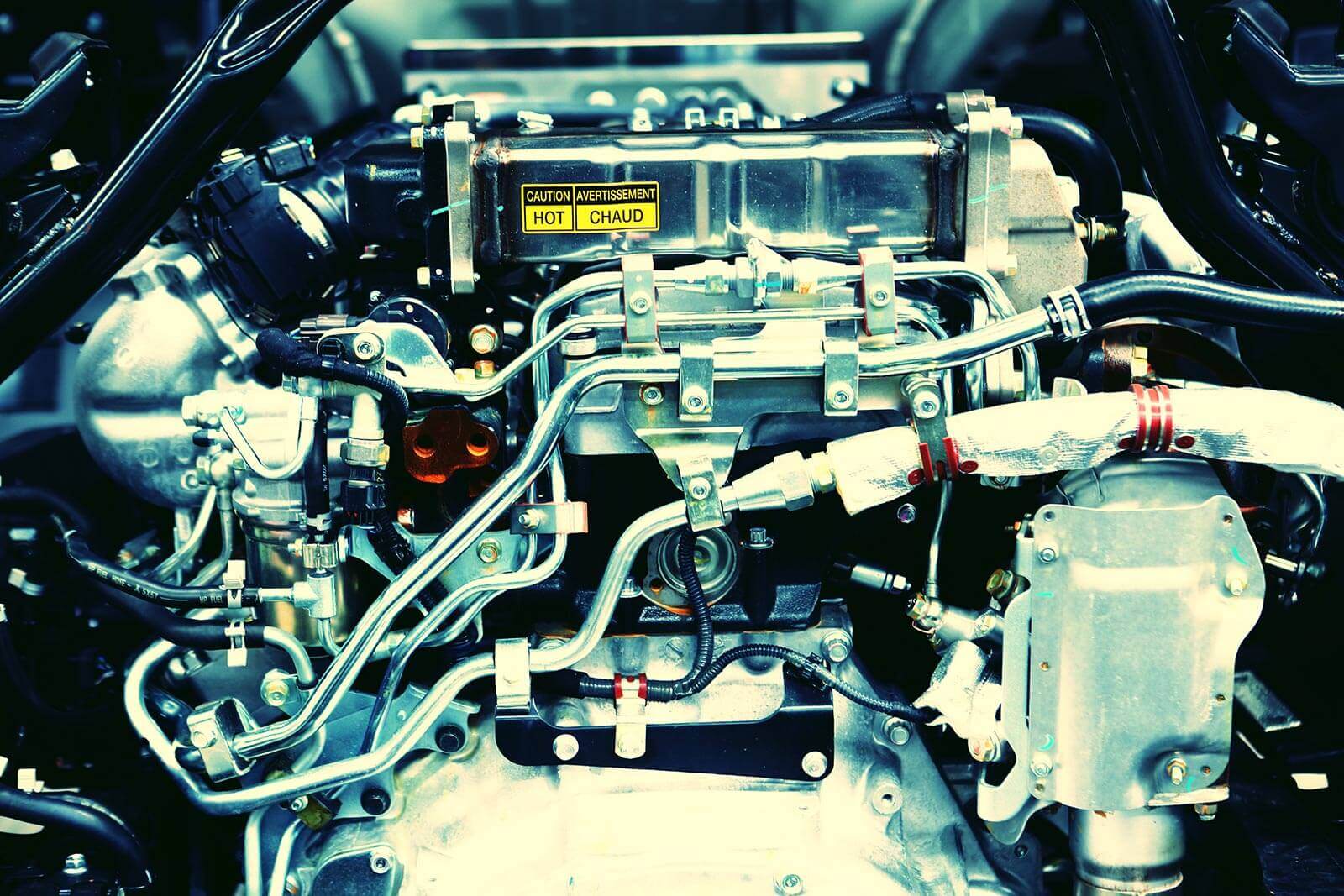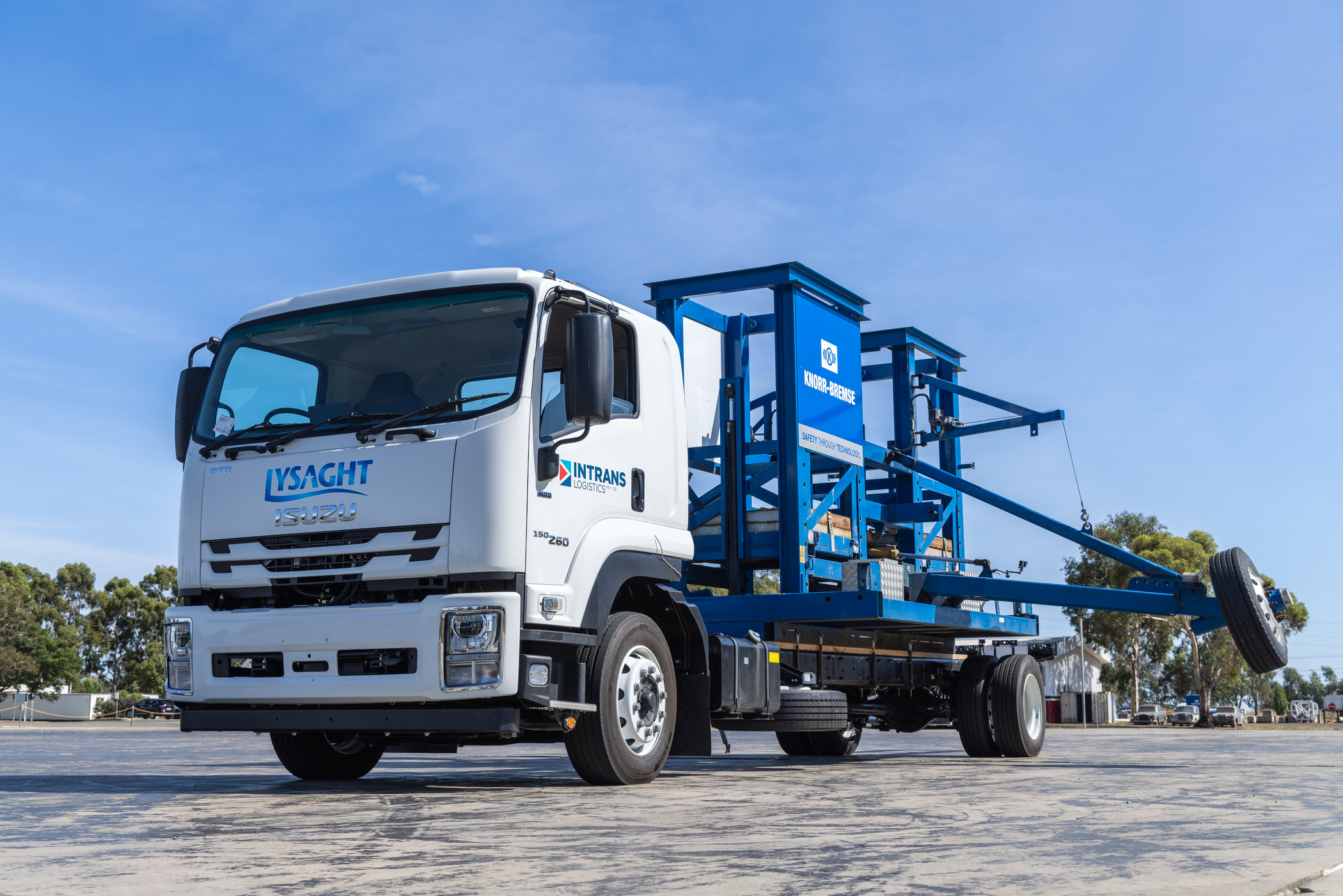TOMORROW’S TRUCKING TODAY: AN EXPERT’S GUIDE TO THE FUTURE OF ROAD TRANSPORT

![]() By Steve Nuttall Cast your mind back to the mid-eighties, early nineties. Developments in technology moved at a far slower pace, and as a result, good examples of tech hung around for a while. Take gadgets like Sony’s famed Walkman as an example. Kids of all ages scrimped and saved to get a hold of one, and when you finally did, it was Christmas to the power of ten. These days major breakthroughs in technology are rapidly increasing in frequency, not to mention shifting our view of the future. Witness how Uber has disrupted the global taxi industry, or how Amazon has pivoted from being an online book retailer to becoming a fully integrated logistics business.
By Steve Nuttall Cast your mind back to the mid-eighties, early nineties. Developments in technology moved at a far slower pace, and as a result, good examples of tech hung around for a while. Take gadgets like Sony’s famed Walkman as an example. Kids of all ages scrimped and saved to get a hold of one, and when you finally did, it was Christmas to the power of ten. These days major breakthroughs in technology are rapidly increasing in frequency, not to mention shifting our view of the future. Witness how Uber has disrupted the global taxi industry, or how Amazon has pivoted from being an online book retailer to becoming a fully integrated logistics business.
Autonomy
Perhaps the area of innovation that has most excited our imaginations and captured popular attention is artificial intelligence, and in the automotive industry that means autonomous vehicles. Self-driving vehicles have gone from being the stuff of science fiction and Hollywood to on-the-road reality in just a few short years. They are not an anomaly but rather are part of a broad, fascinating pattern of technological progress on the cusp of revolutionising our society and economy. So what is driving progress and change and what might the road transport industry look like in ten to fifteen years’ time? [image_gallery]
Good news
The local industry outlook is optimistic. There is strong underlying demand for freight services, driven by a growing local population that is forecast to reach 30 million by 2030 and by an increasing demand from Asia for Australian products. Road transport will continue to be a major carrier for this freight task and truck traffic is predicted to increase by around 50 per cent to 2030.
Industry challenges
Despite the strong economic outlook the road freight industry faces many challenges. These include increased congestion in some cities, a chronic labour shortage, margin squeeze, and a more onerous compliance regime.
Technology drivers
Some elements in the road transport sector have demonstrated a resistance to change. The larger line haul fleets have embraced technology such as telematics systems, but there is a range of sophistication in the approach taken. In the past two years however, the digital drive has gone up a gear.
Rise of the machines
We are witnessing technology and intelligent machines accomplishing tasks they had traditionally been lousy at, and displaying skills they were not supposed to acquire anytime soon. Three ‘mega-forces’ are driving this change:
- Nearly everything in the road transport industry is in the process of being digitised, including infrastructure, trailers, trucks, freight, and mechanical components. This is generating exabytes of data that in turn create opportunity.
- New technology, such as sensors, are recombining with old technologies, (diesel powered vehicles) to create new products, such as autonomous self-driving trucks.
- The processing power of computing technology, which is increasingly distributed and accessed via the cloud, is making it possible to commercialise the data created and to enable real-time communications across the network of interconnected devices applied within contemporary road transport.
Impacts
Looking ahead, we are likely to see several waves of technology innovation impacting the industry. In the shorter term, we can expect to see an increased level of maturity in the telematics market. This technology is being enhanced to include predictive maintenance capabilities, enhanced driver assistance, additional security features and a higher level of connectivity across the board.
Stepping stones
The fully connected truck is, however, a stepping stone on the way to fully autonomous trucks. Trials of autonomous trucks have been underway for some time. The leading OEMs are investing heavily in the development of driverless features and the expectation is that vehicle automation will be introduced in baby steps. Frost and Sullivan forecast that 8,000 driverless trucks will be sold globally by 2025 - still a relatively small figure considering total truck sales in Australia in 2015 reached 32,003. The ongoing digitisation in trucking is also opening up opportunities to disrupt the freight brokerage market.
Freight matters
Traditional freight brokers are under pressure to move their business towards web and mobile based freight brokering. The market is being disrupted by a new breed of sharing economy start-ups, enabling shippers and carriers to connect in real-time, helping to unlock capacity. This brings greater efficiency to all aspects of freight management. These peer-to-peer models combine mobile based freight brokerage capabilities with traditional freight brokering into one efficient solution for drivers and fleets.
Fuel
In terms of fuel, most commentators agree that diesel is likely to be the predominant fuel for the industry for the next 20 years. That said, fleets will increasingly have new power sources at their disposal. In the short to medium term, hybrid trucks are likely to be the most commercially-viable alternative to fully diesel-powered vehicles and will have the greatest impact in the small to medium-duty segments of the market. A number of electric truck models are being gradually introduced to the market - mainly light truck models - but the heavy duty electric truck space is likely to become more competitive over the next ten years as new fuel technologies emerge. While the digitisation of the road transport sector is going to help address many of the current challenges facing businesses today, it is going to bring some new challenges.
What next?
The introduction of autonomous vehicles will mean the driver of the future is likely to be more akin to an airline pilot than the truckers we see today, navigating a self-driving truck across intelligent, connected road networks. But this mashing together of technologies will generate new, unforeseen opportunities, and new business models and brands will emerge. What is absolutely certain is that there is no turning back!







The all-new Isuzu truck range is about to arrive.
Register your interest and we'll keep you in the loop with the latest updates.
Learn More



